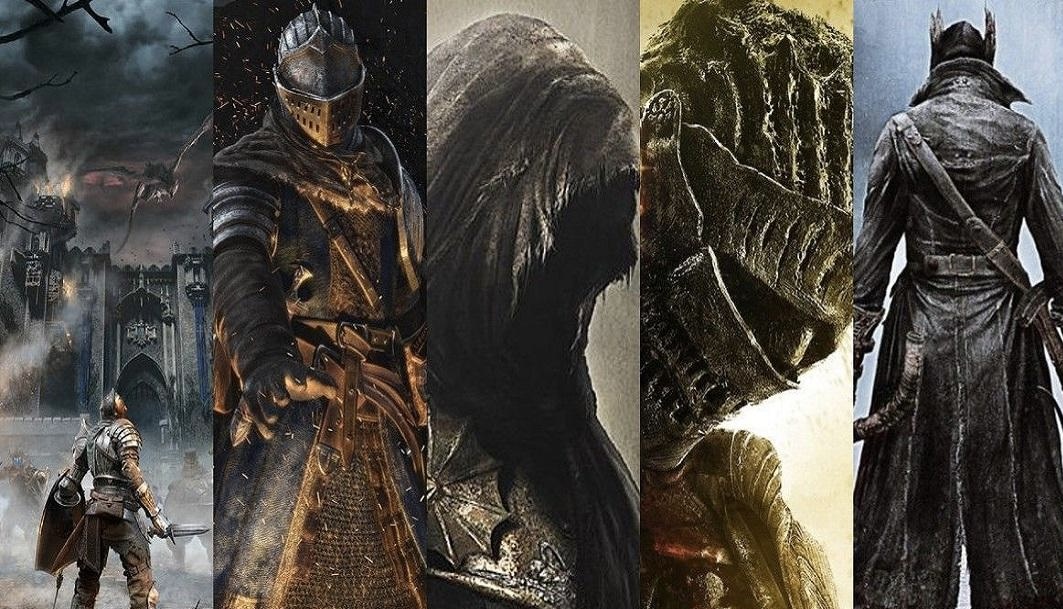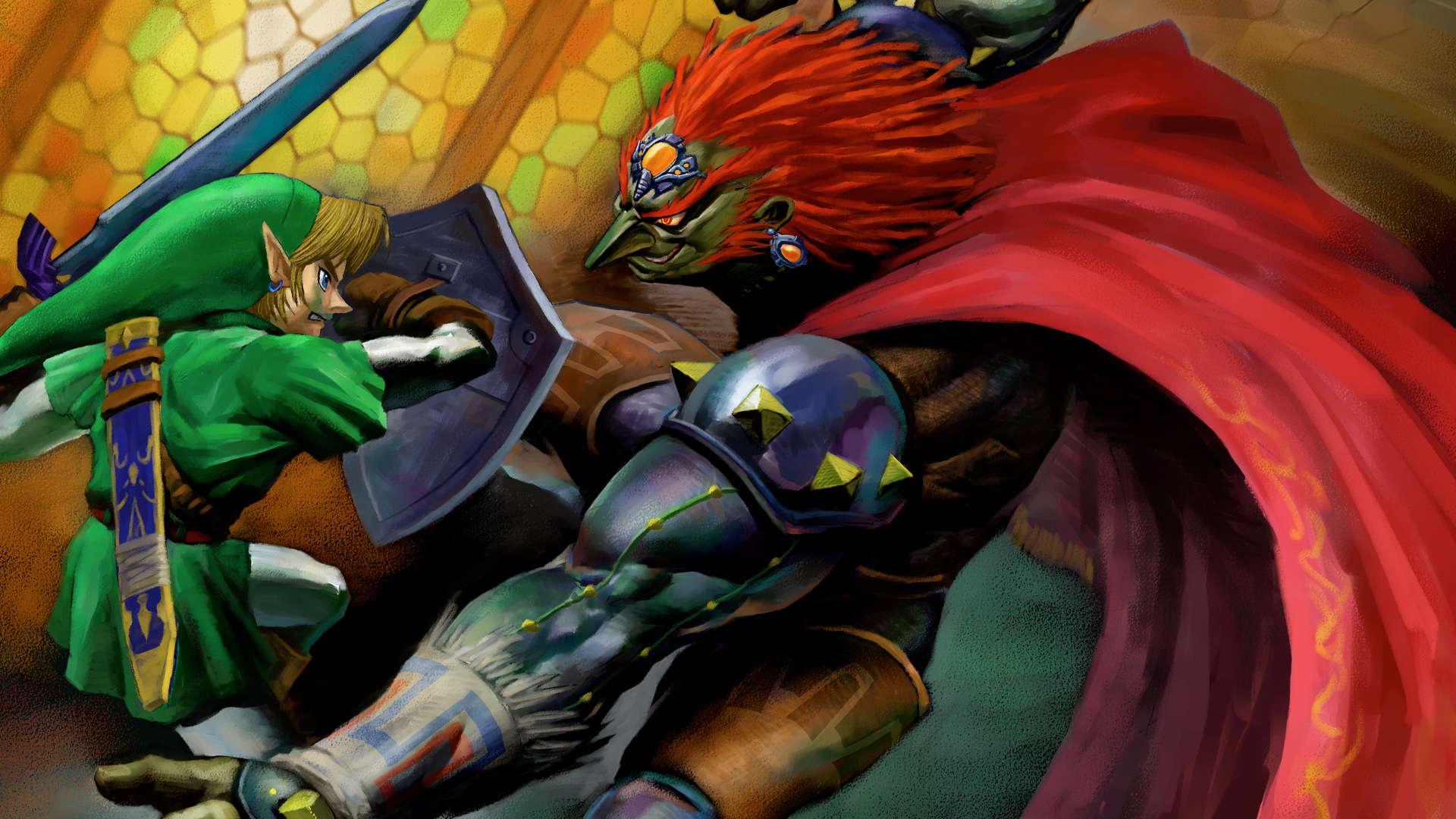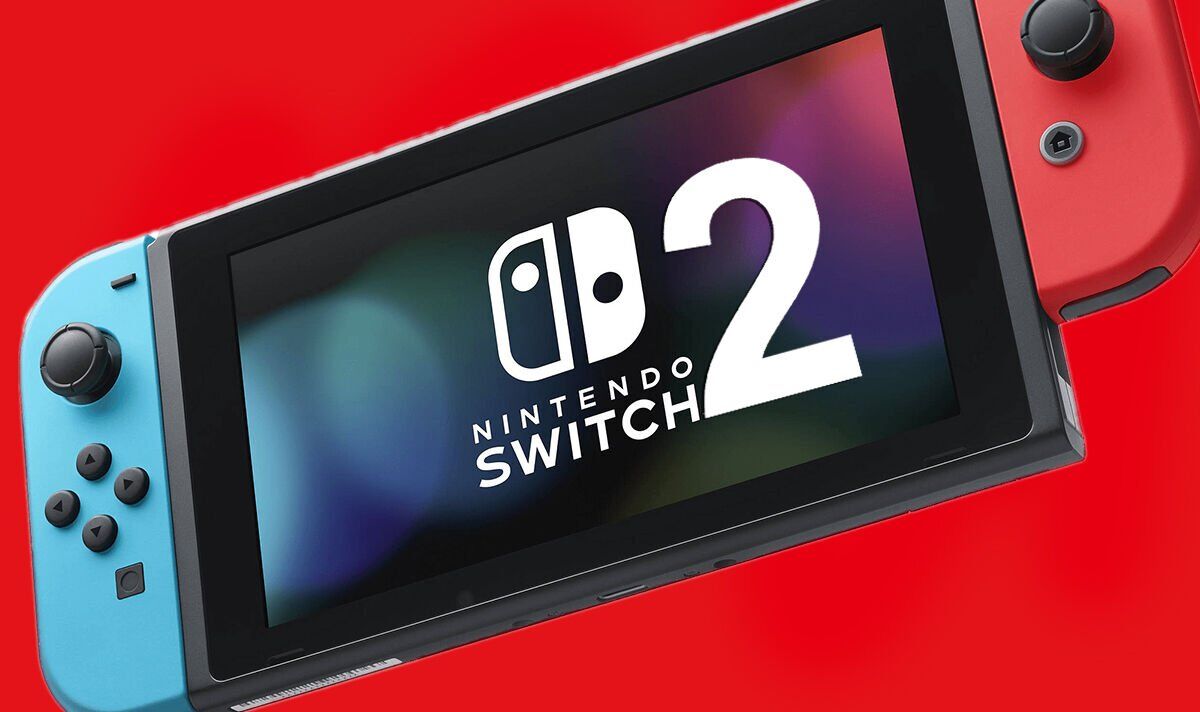Namco’s Souls games, primarily developed by FromSoftware and published by Namco Bandai, have redefined the action RPG genre over the past decade and a half. Known for their challenging gameplay, intricate world design, and atmospheric storytelling, the series has captivated a global audience, bringing about a new gaming genre sometimes referred to as “Souls-like.” From the groundbreaking Demon’s Souls to the expansive world of Elden Ring, here’s a look at the history and evolution of these titles.
Demon’s Souls (2009)
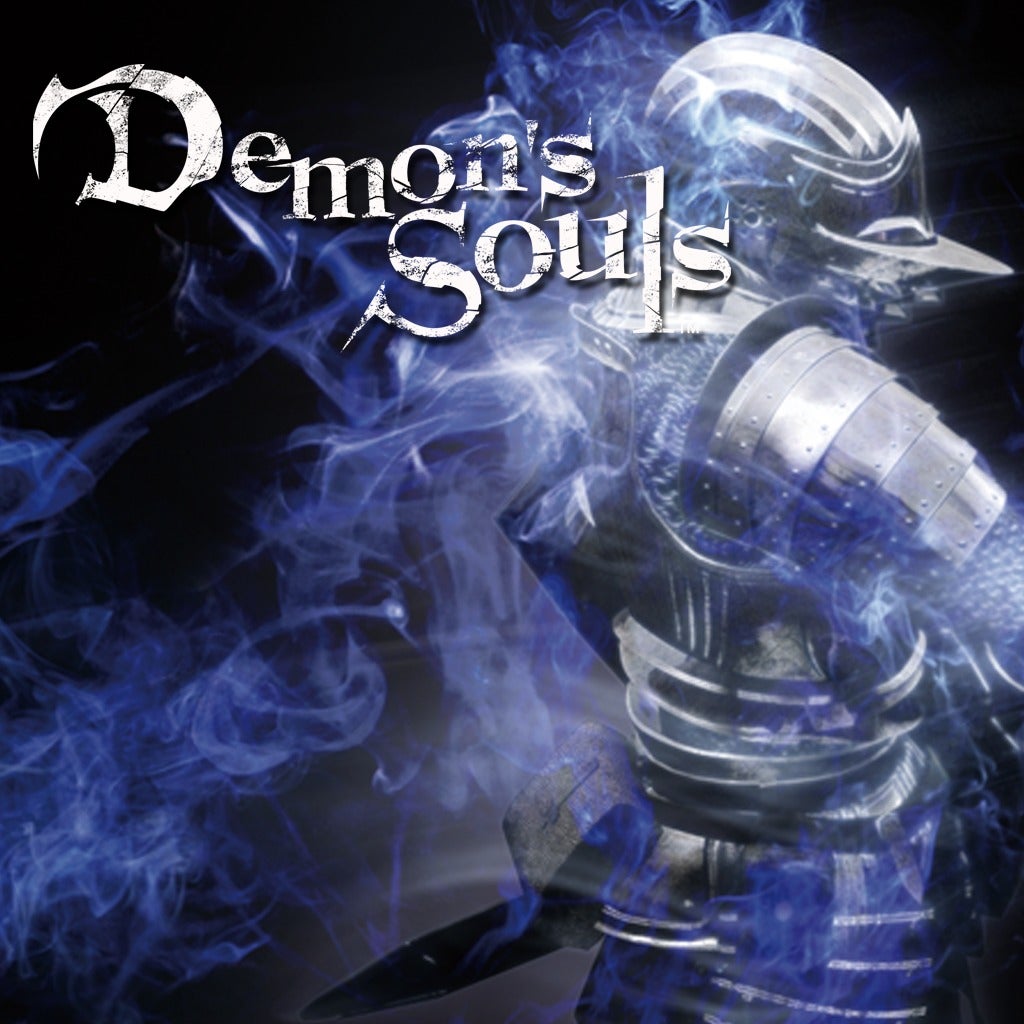
Demon’s Souls, released in 2009, was the beginning of what would eventually become the Souls series. Directed by Hidetaka Miyazaki, this PlayStation 3 exclusive introduced players to a dark fantasy world, Boletaria, plagued by a fog that brought demons and madness. The game’s brutal difficulty, combined with its innovative online mechanics, set it apart from other RPGs. Players could leave messages for each other, and invaders could enter others’ games in PvP combat—a concept that would carry over to future titles. Though initially a sleeper hit, Demon’s Souls found a dedicated fanbase and inspired a genre.
Dark Souls (2011)

Dark Souls, considered a spiritual successor to Demon’s Souls, was released on multiple platforms in 2011 and marked the series’ entry into mainstream gaming. Set in the land of Lordran, Dark Soulsexpanded on Demon’s Souls with a more open-ended world and complex lore. The game refined its mechanics, making death not just a setback but a learning experience and integral to the gameplay. Dark Souls became renowned for its high difficulty, ambiguous storytelling, and interconnected world. It was this game that put the series on the map globally, with its tagline “Prepare to Die” becoming a badge of honor for players.
Dark Souls II (2014)
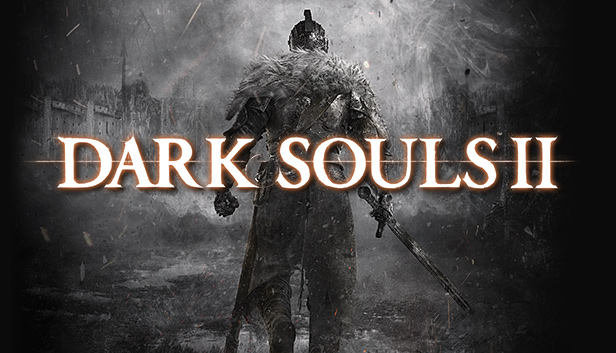
Following the massive success of Dark Souls, Dark Souls II was released in 2014. Directed by Tomohiro Shibuya and Yui Tanimura rather than Miyazaki, Dark Souls II introduced players to Drangleic, a new kingdom separate from Lordran. While the core mechanics remained, the sequel altered some aspects, such as a faster, more accessible gameplay style and a more segmented world. Although fans found some changes divisive, Dark Souls II still achieved critical and commercial success and solidified the franchise’s reputation.
Bloodborne (2015)
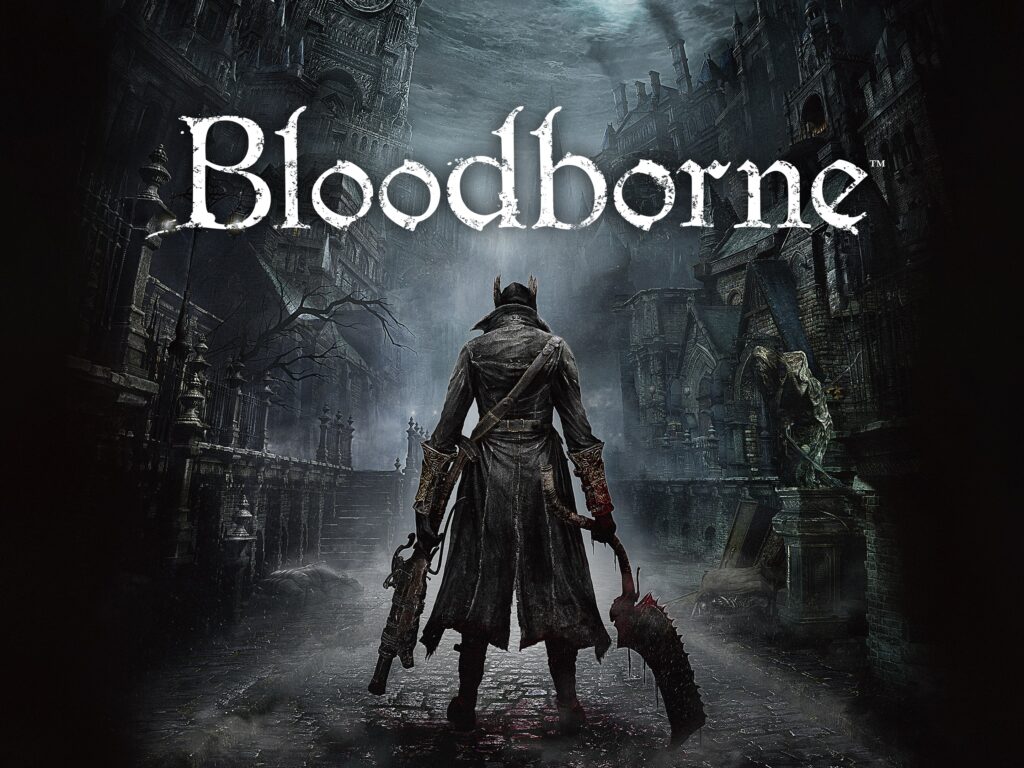
Developed exclusively for PlayStation 4, Bloodborne is set in the gothic, Victorian-inspired city of Yharnam. Shifting from the medieval fantasy of previous games, Bloodborne infused horror elements and a faster, more aggressive combat system. In place of shields, the game emphasized dodging and counterattacking, creating a new sense of fluidity in combat. The world of Bloodborne is deeply atmospheric, blending cosmic horror and plague-ridden streets with cryptic lore. With its unique themes and fresh gameplay, Bloodborne broadened the appeal of FromSoftware’s games and remains one of the most acclaimed titles in the series.
Dark Souls III (2016)
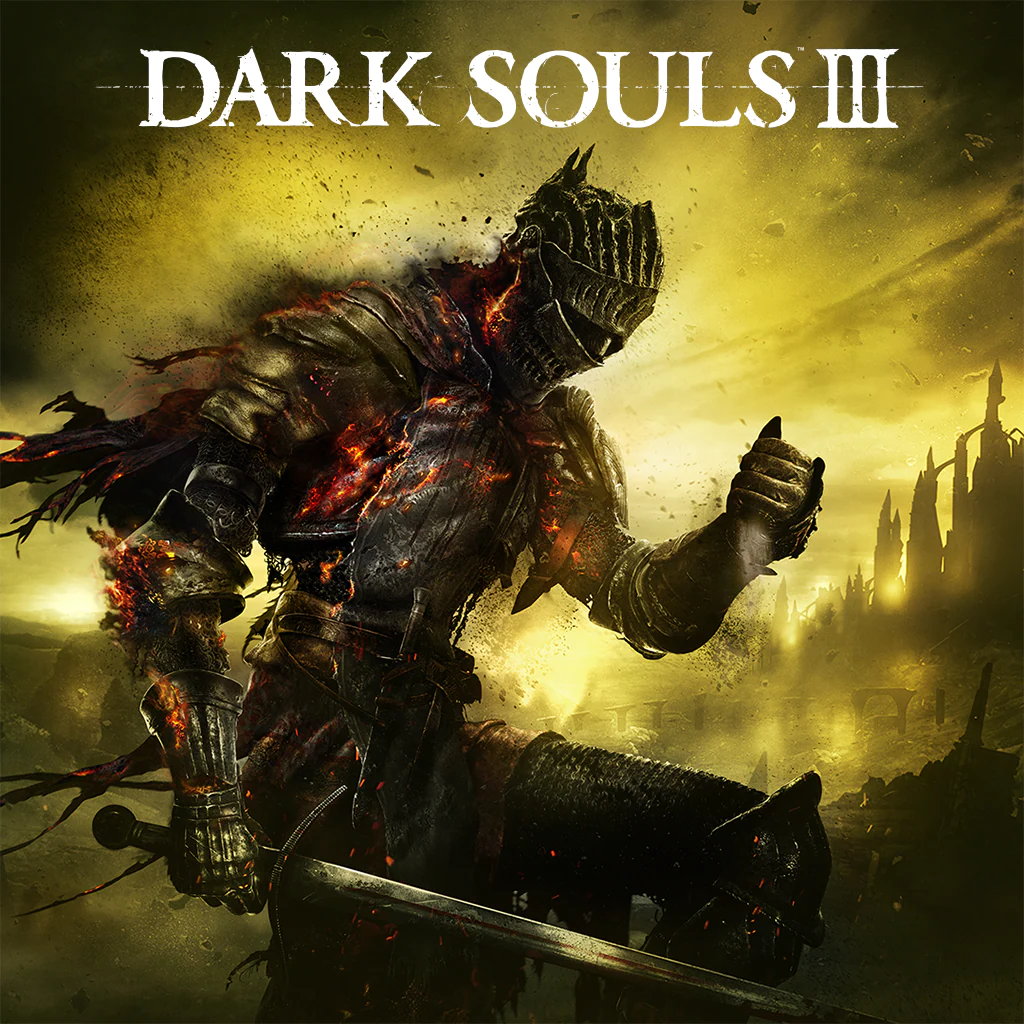
In 2016, Dark Souls III served as the grand finale to the Dark Souls trilogy. Returning to a more interconnected world design and with Miyazaki back as director, Dark Souls III combined elements from all previous entries in the franchise. The game followed the player’s journey as the Ashen One, tasked with rekindling the First Flame and delaying the world’s inevitable decay. Dark Souls III was faster-paced and more accessible than its predecessors, taking cues from Bloodborne. It received praise for its visual design, lore, and as a fitting conclusion to the Dark Souls series, going on to become one of the best-selling entries in the franchise.
Elden Ring (2022)
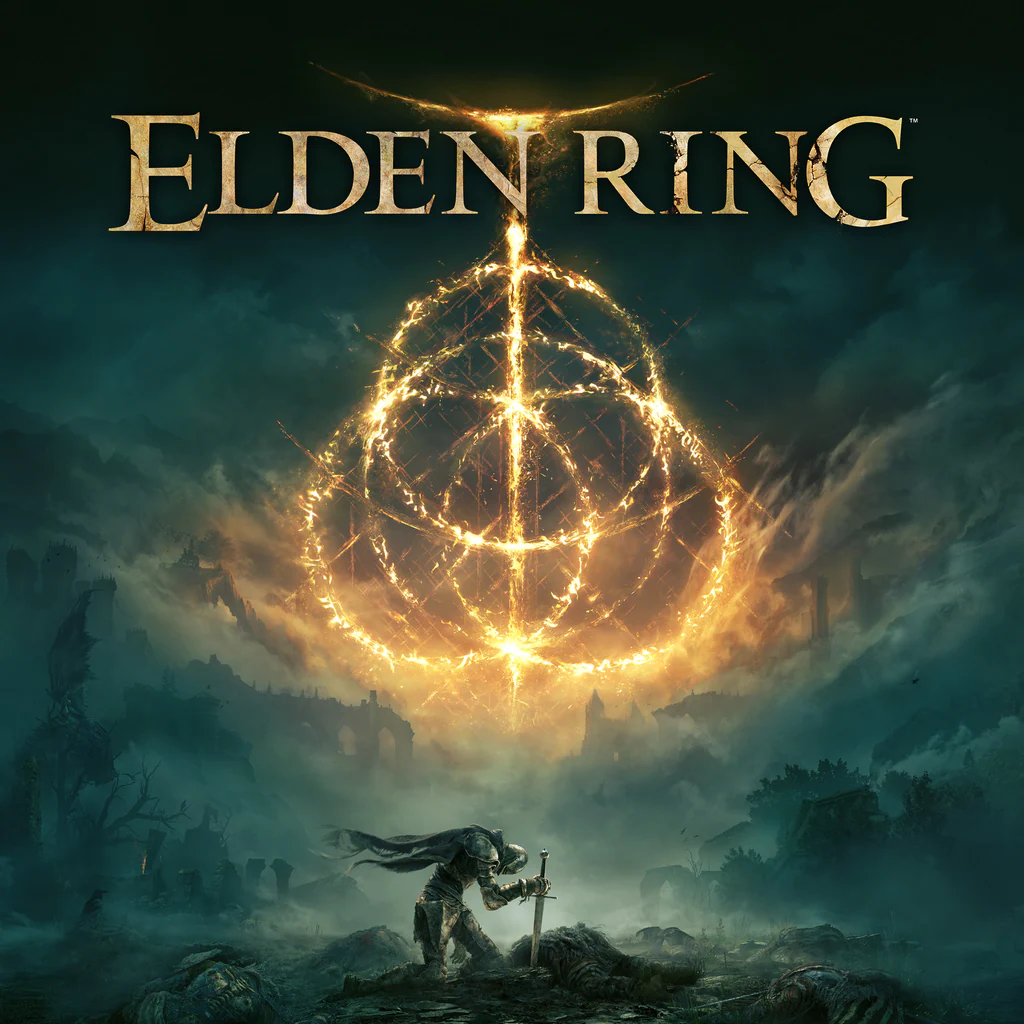
After years of anticipation, Elden Ring was released in 2022, marking a new era for FromSoftware. Collaborating with author George R.R. Martin, who helped create the game’s lore and mythos, Miyazaki and his team crafted a massive open world, the Lands Between. Elden Ring expanded the formula established in Dark Souls with a new level of freedom and exploration. Players could freely traverse the vast landscapes on horseback, encounter hidden dungeons, and confront legendary bosses. This freedom extended to character builds and playstyles, giving players unprecedented control over their journey. Elden Ring retained the franchise’s challenging combat and rich lore, introducing new mechanics like summons and dynamic day-night cycles. Upon release, it became a phenomenon, praised for its scope, depth, and ambitious design.
Over the years, Namco’s Souls series has influenced countless games, establishing “Souls-like” as a distinct genre. These games are known for their punishing difficulty, exploration-heavy worlds, and cryptic storytelling. Titles like Nioh, Hollow Knight, and Sekiro: Shadows Die Twice owe much to FromSoftware’s approach. Each game has built upon the themes of struggle, resilience, and the beauty of overcoming daunting odds, resonating with a dedicated global fanbase.
From Demon’s Souls to Elden Ring, Namco and FromSoftware have left an indelible mark on gaming history. These games remind players that while failure may be inevitable, perseverance is ultimately rewarded.

